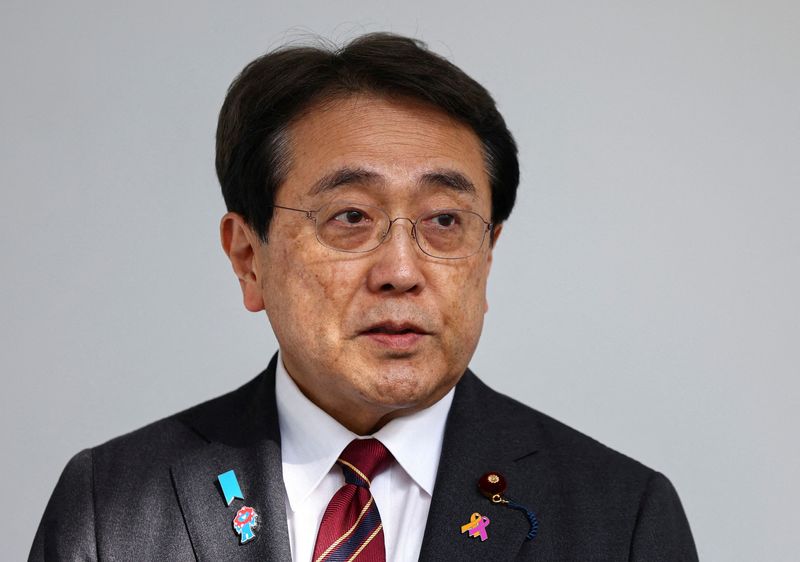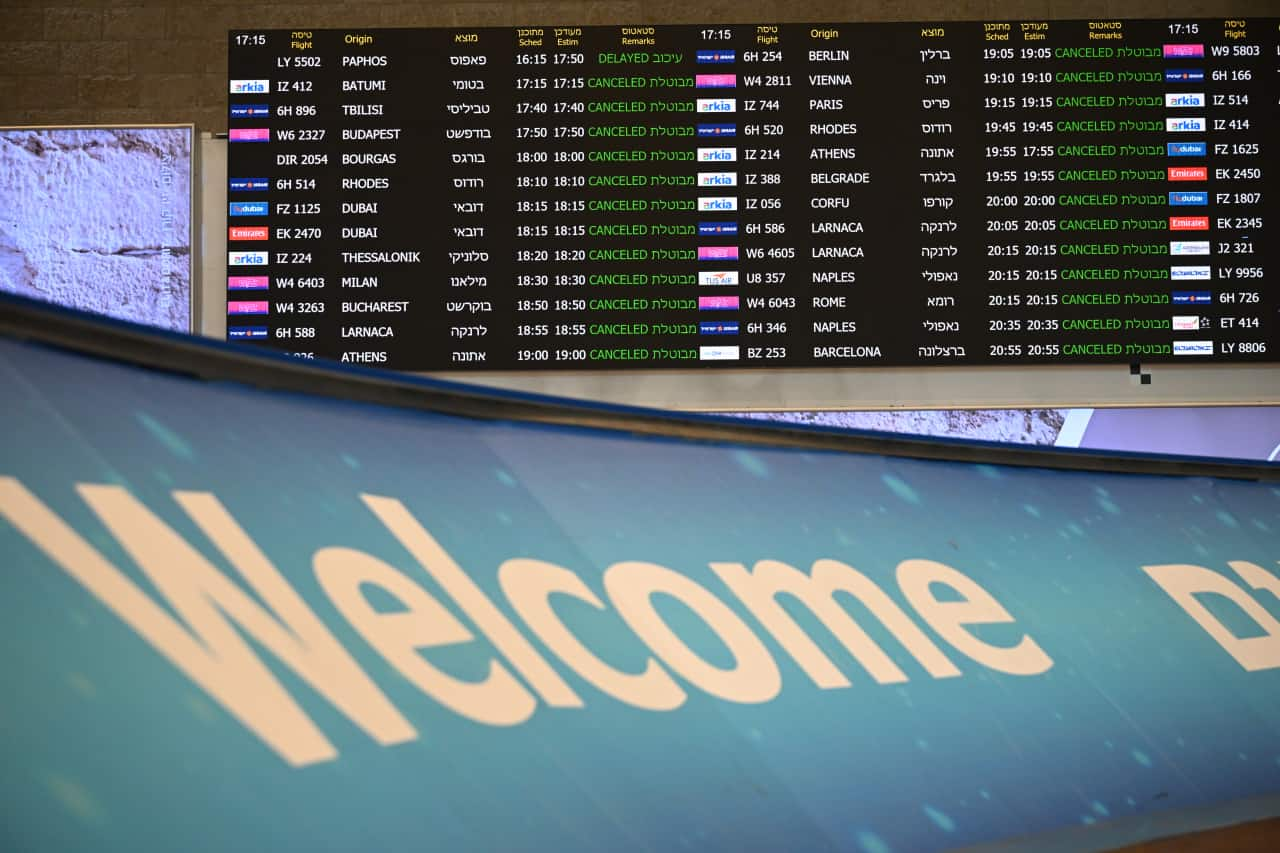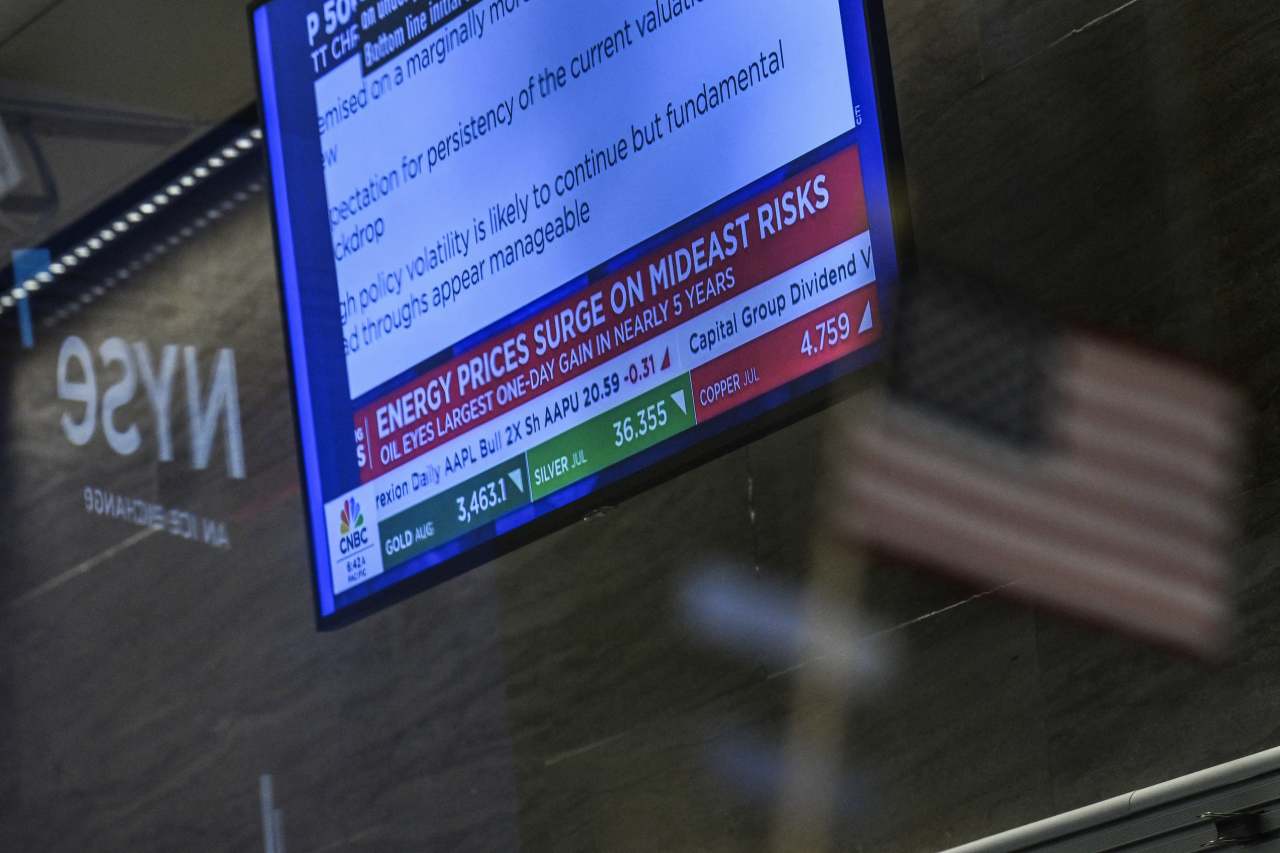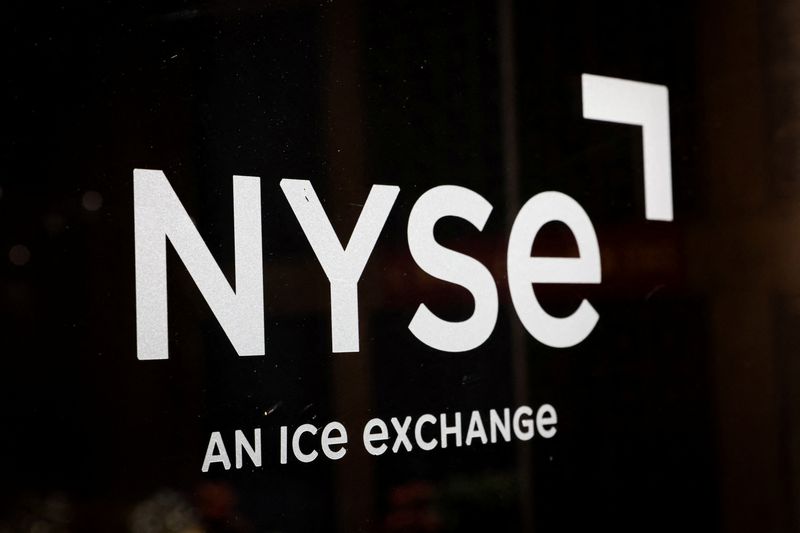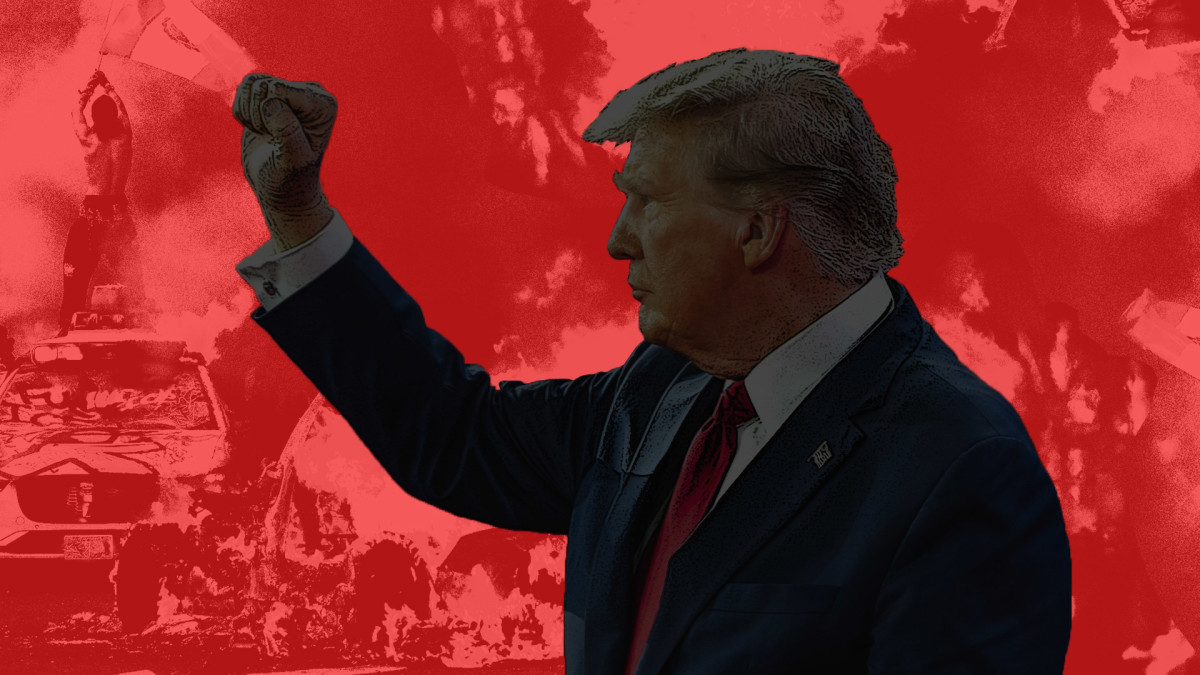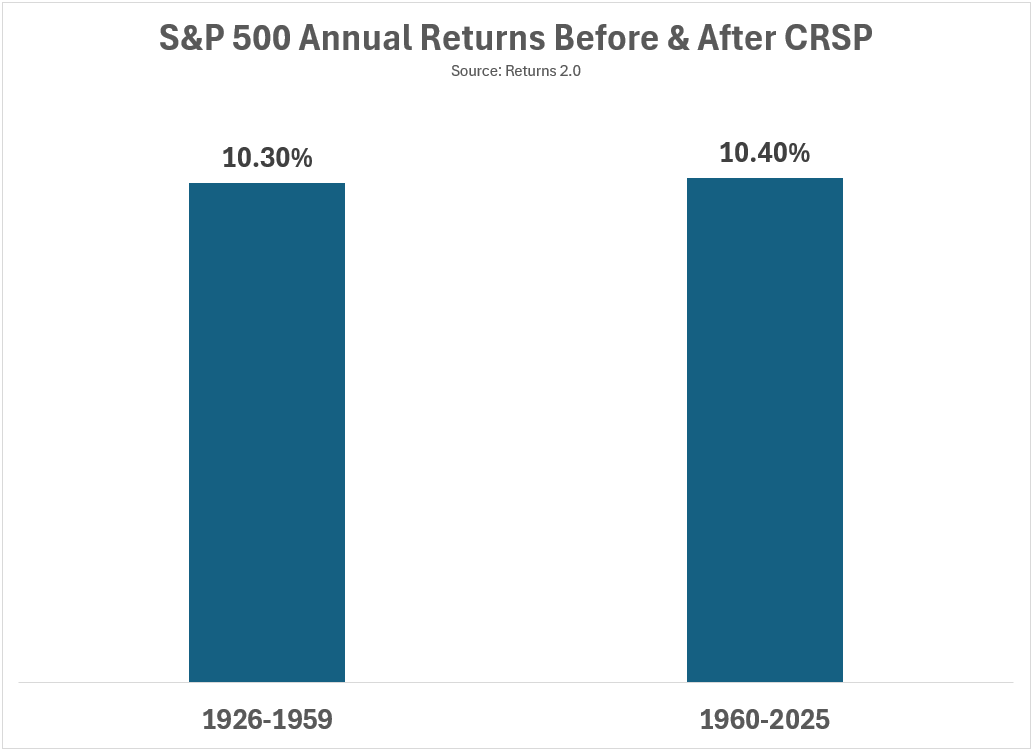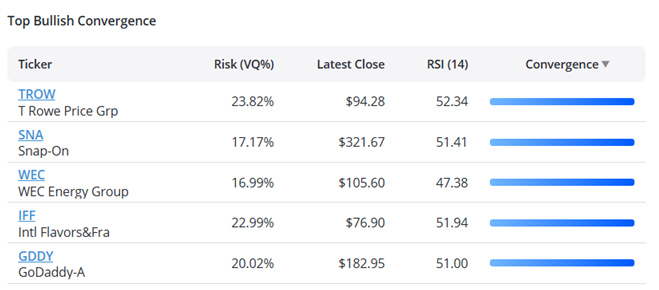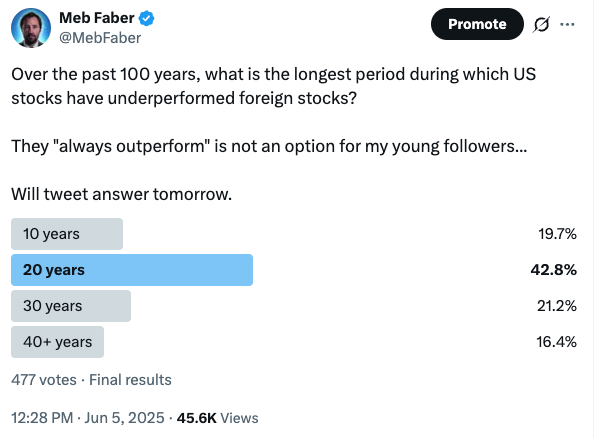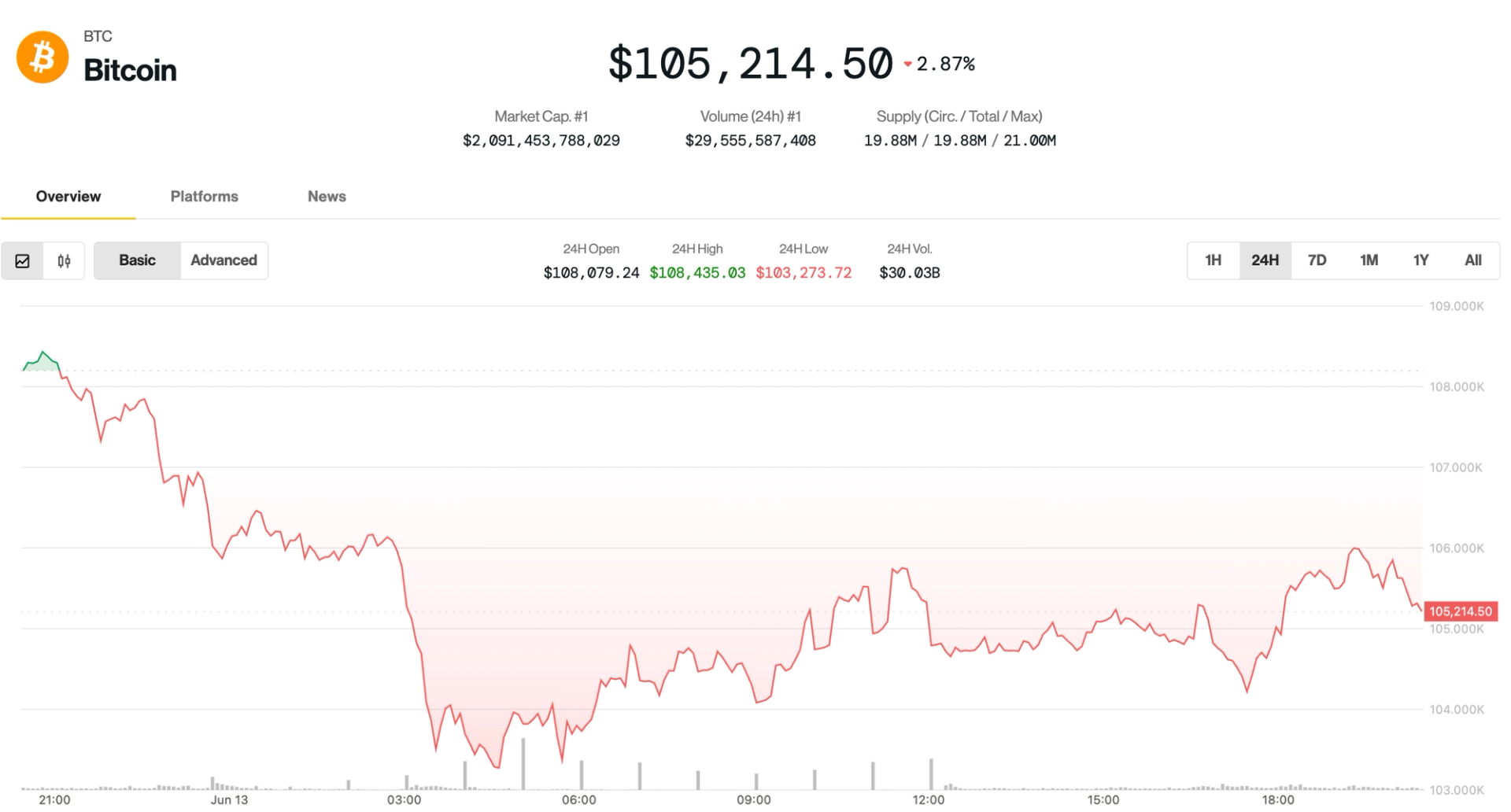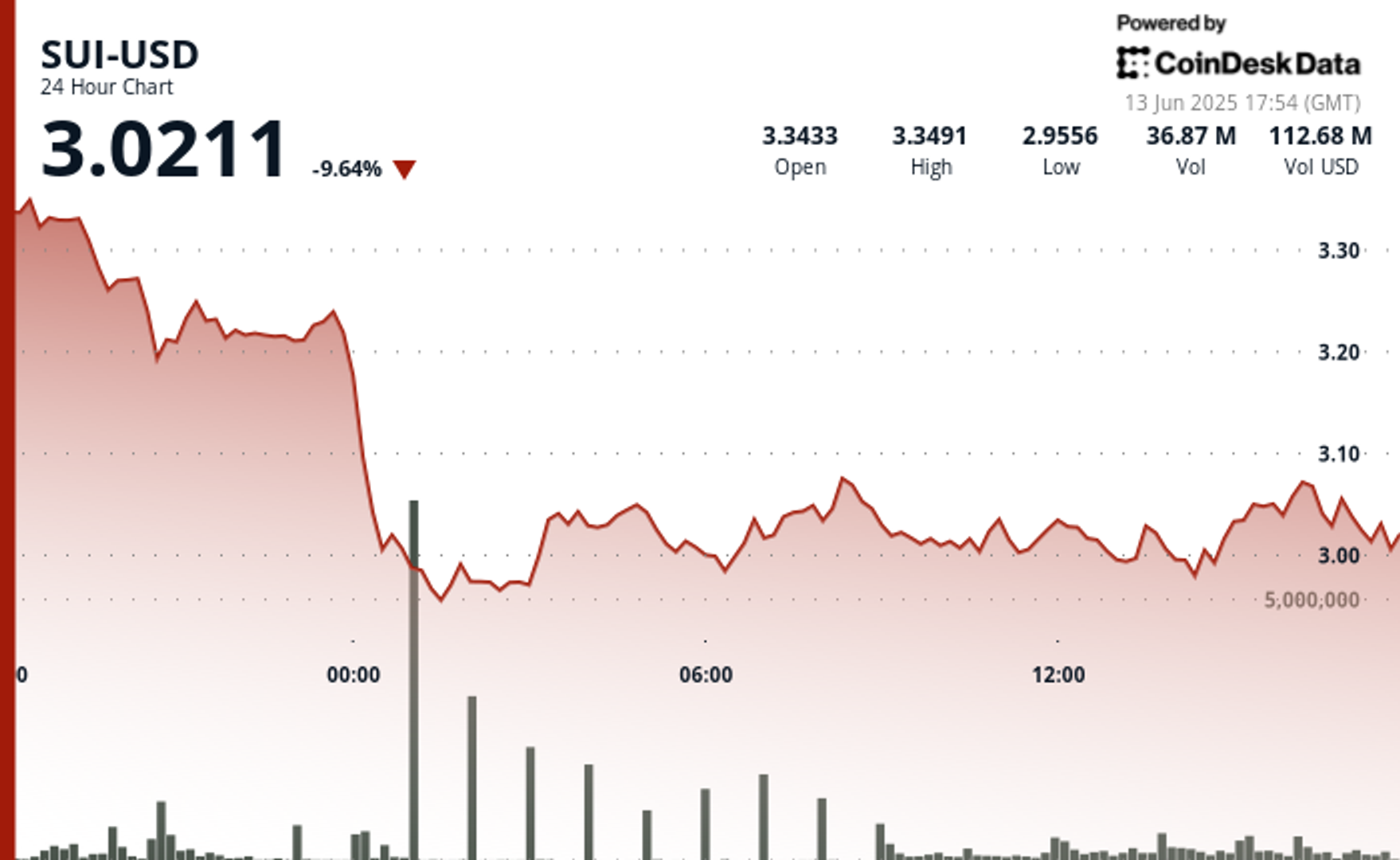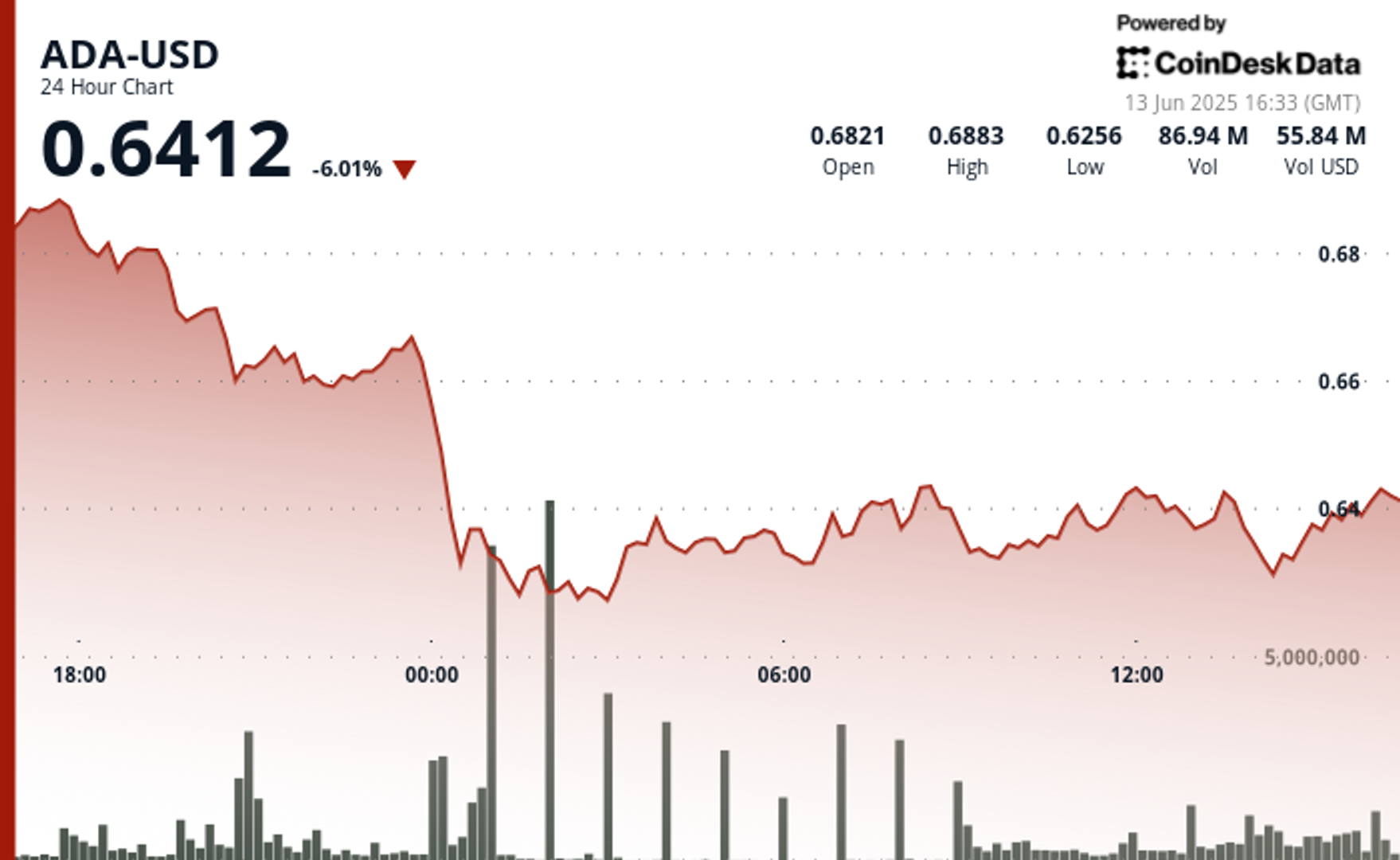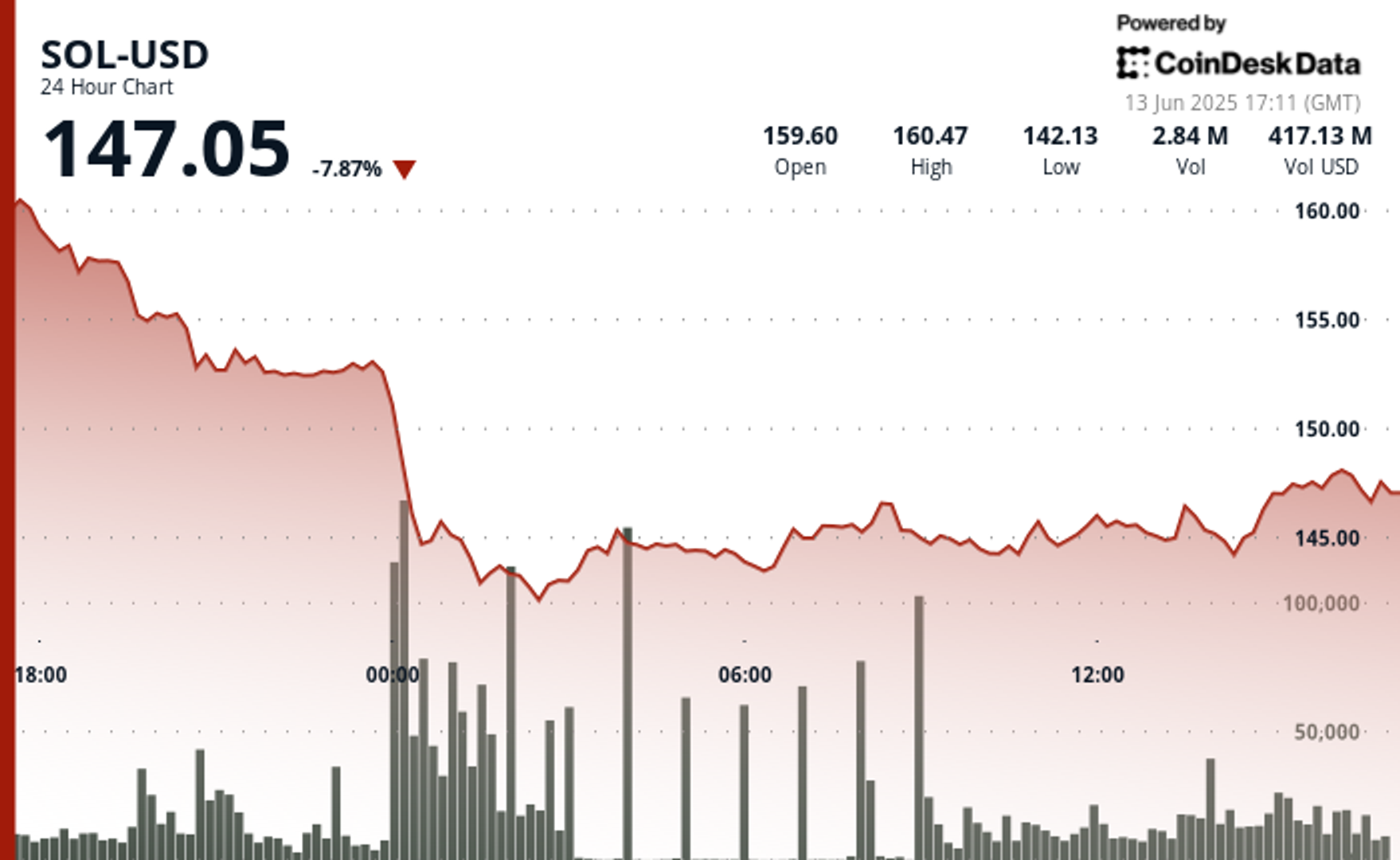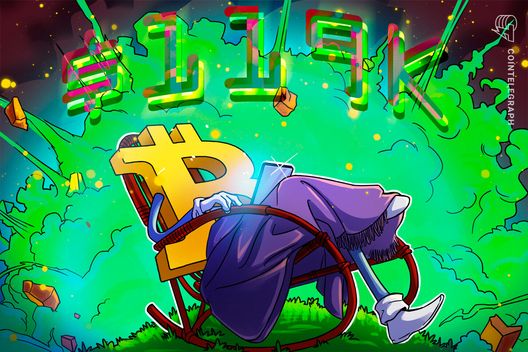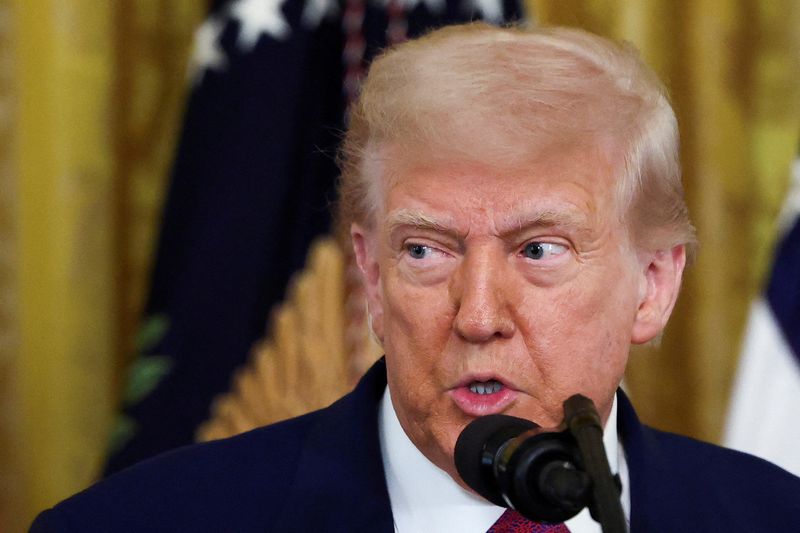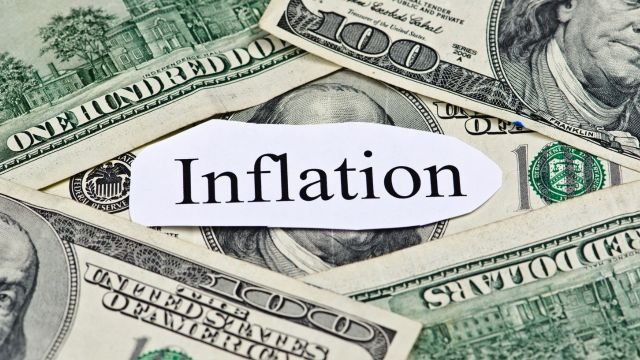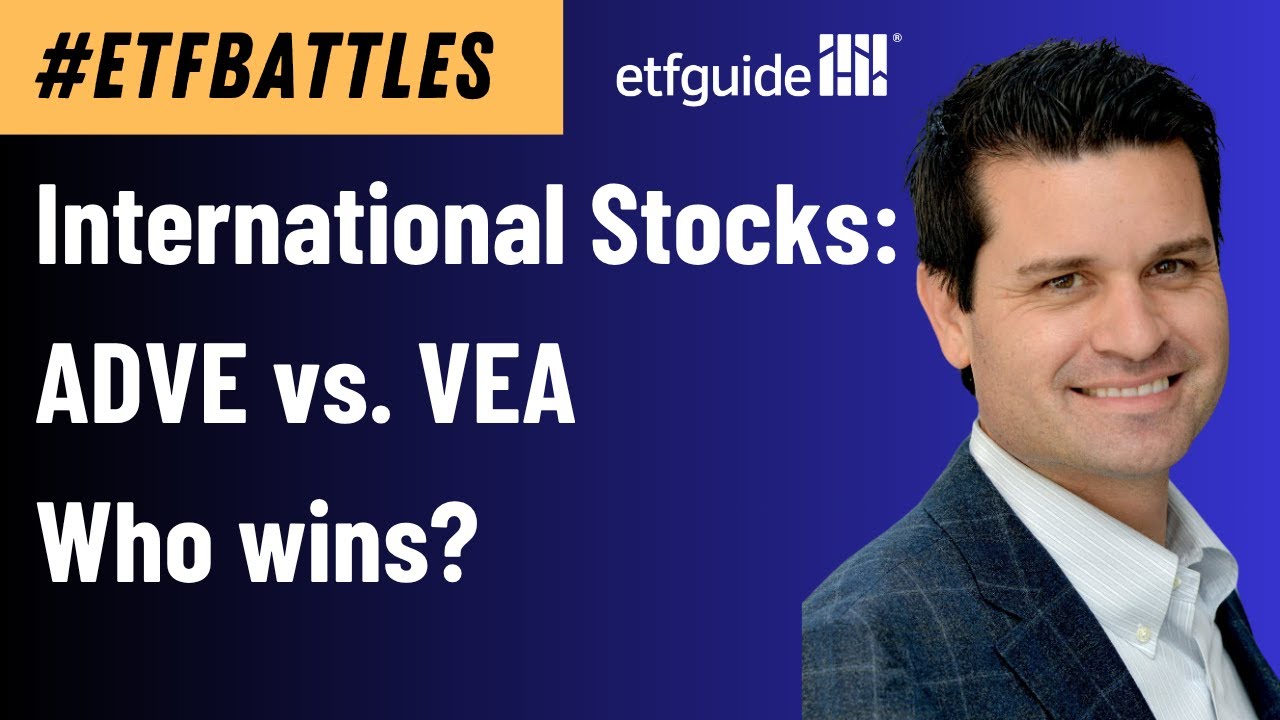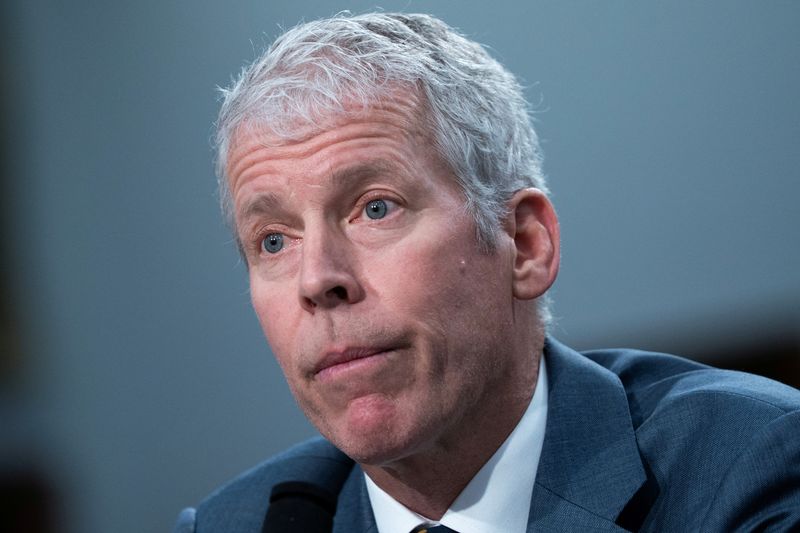Europe’s most valuable boss? How Christian Klein went from a 15-year-old intern to SAP’s savior
Inside SAP lifer Klein’s remarkable turnaround plan, as told by the CEO and his fellow executives.

May has been quite a month for Christian Klein, the baby-faced boss of Europe’s most valuable company, SAP.
He has just finished off his opening keynote at SAP’s Sapphire event in Madrid, a summit attended by more than 6,000 people, when he finds time to squeeze in a putt-off on the main stage with Team Europe’s 2014 Ryder Cup captain, Paul McGinley. A hole in one (on his second attempt) seems a fitting celebration.
The false start nature of his foray on the putting green is reflective of his time at the helm of SAP, with his latest landmark the culmination of a tumultuous introduction, several false starts, and an overhaul of the company’s organizational structure.
Boasting a market value of $350 billion as of the end of May, SAP outpaced a struggling Novo Nordisk and a stunted luxury retail sector in March to confirm the unusual sighting of a German tech group atop Europe’s public markets.
The feat tops off a remarkable rise for the enterprise resource planning group, which is toasting record revenues and profits after a bet on cloud computing coincided with a global AI pivot that has seen demand for the company’s business processes suite skyrocket.
Fortune spoke with members of SAP’s C-suite and leadership team to understand how Klain approached the mammoth task of turning a disparate SAP into Europe’s most valuable company.
SAP’s awkward phase
Klein, just 45 years old, knows SAP better than most of the 120,000 people working at the company today. He first joined as a 15-year-old summer intern, ferrying clunky monitors around SAP’s Walldorf headquarters with one eye on a professional football career.
”I can still remember, I tested them all, and one out of 10 didn’t work,” Klein told Fortune in Madrid.
“In our area, SAP is a logical choice,” Klein says of the fateful application to the company he would run decades later. Indeed, former classmates of his continue to work at the company, though he’s not as close to them as he was then.
SAP offers software packages that help businesses deal with all sorts of admin, like HR, supply chain management, and procurement, also known as enterprise resource planning (ERP). Klein throws his head back with laughter as this reporter suggests it’s not the most exciting subject matter for the layperson to try and care about.
His time at the helm of the company, though, has betrayed the dull, bureaucratic principles on which SAP has made its billions.
Following the departure of its previous boss, ServiceNow’s American CEO Bill McDermott, the software as a service (SaaS) provider faced criticism that it was a bloated amalgam of various acquisitions with no obvious plans to align them.
McDermott and SAP got it in the neck on more than one occasion from executives at one of its main competitors, Oracle. The late former Oracle co-CEO Mark Hurd was critical of the company’s acquisition strategy in 2019 after SAP’s $8 billion move for experience management platform Qualtrics.
“We’re not buying somebody to just buy them. We’re buying companies that fit into our portfolio,” Hurd said at the time.
It was under this cloud of uncertainty that Klein took on the role of co-CEO alongside Jennifer Morgan in 2019. In April 2020, Klein took on the mantle of CEO alone, a month into global lockdowns, after Morgan abruptly stepped down.
Sebastian Steinhaeuser, SAP’s chief operating officer, first worked with Klein in 2020 as a consultant at Boston Consulting Group, ironing out a Presidency-style plan for Klein’s first 100 days in charge. Something about that time with Klein convinced Steinhaeuser to jump on board, even if it raised eyebrows among his confidants.
“I think the general perception when I joined SAP, many friends and colleagues looked at me like, ‘What are you doing? Like, are you sure?’” said Steinhaeuser.
“I think there was a time where instead of executing, [SAP] just defined a new strategy every two years. Every year, customers would sit here at Sapphire, we talked about the year before, if we had delivered it or not delivered it, and just pulled a new rabbit out of the hat.”
Within a few months of taking sole charge of the company, Klein had to abandon a medium-term profitability forecast as the worst economic effects of the Coronavirus kicked in.
“I think the stock got a hit of 20 or 25%, and everybody thought ‘It’s crazy. Why would you do that?’” recalls Jan Gilg, SAP’s chief revenue officer, of reactions to the guidance call. “But then, in retrospect, you see that it was the only option he had.”
Shades of Satya
Some of Klein’s other big calls have been met with frustration from within his own ranks. SAP announced plans for a 10,000-strong headcount reduction in January last year. The company faced €3.1 billion in “restructuring expenses” as a result of the deal, and retrained thousands of workers to adjust to its AI-first approach. An internal company survey released the following September, reported by Bloomberg, revealed more than half of SAP’s employees were ready to join a competitor.
Klein’s proponents would argue his experience demonstrates what a CEO can achieve with the proper mandate for revolution. In that regard, it’s not hyperbolic to compare Klein to Satya Nadella, the Microsoft CEO who increased the value of the company 10-fold in his first decade in charge by pivoting the firm first from PCs to cloud computing, then to the AI era. Just ask Muhammad Alam, a man who has worked with both men, about the comparison.
Alam heads up SAP’s product and engineering board and is a member of the company’s executive board. A 17-year Microsoft veteran, Alam left a cushty role as corporate vice president at the company’s Dynamic 365 ERP division to join a then-uncertain SAP project. One of the reasons Alam took the leap of faith was Klein.
“I felt three years ago when I joined, and having seen Satya sort of transform Microsoft beginning in 2014, I felt the same level of energy, vision, and commitment from Christian and the leadership team here,” Alam said of the parallels between Klein and Nadella.
“I felt like he had both the ability to make the hard decisions and the energy and the commitment to see them through, because some of them aren’t going to be popular with employees and others, if you will, but they’re needed for the transformation.”
Unlike Nadella’s journey of being parachuted into Microsoft, it must have been a challenge for Klein to diagnose the strategy shift required at a company he had known intimately since his teens.
Examples of long-running CEOs at Fortune 500 companies are rare. Burnout, a lack of experience, or boardroom preference for an outsider mean the one-time graduate rarely progresses to the boardroom.
BMW’s Oliver Zipse and General Motors’ Mary Barra are two rare examples of CEOs who have worked at the same company their whole careers. When that happens, Klein, unsurprisingly, sees it as an advantage.
“In the early days of becoming a CEO, it was of extreme value to understand who my stakeholders are. Because the transformation is not only about, ‘oh, we are now developing all software in the Cloud,’ it’s a transformation for everyone. Everything is changing. And that’s why I would say in this situation, it was definitely a big plus,” Klein says on the advantages of being a lifer at SAP.
“I had to make sure that I communicated extremely often. All hands, investor meetings, customer meetings, because you have to explain more than once why this change is needed.”
The rewards have been lucrative. In February, Klein secured a record $19.8 million payday for his efforts turning around SAP in 2024, a 165% increase on the year before. SAP stock surged to make it Europe’s most valuable company weeks later.
After an aggressive five-year overhaul, the outside observer would be pretty confident in declaring Klein had afforded himself the space to relax. Instead, though, Klein appears emboldened to go further, and look to the U.S.’s dominant tech sector.
“I would say I’m a bit more demanding than at the beginning, where there was sheer uncertainty. And I just had to make sure, as a leader, that everyone believes that the strategy is the right one. Now everyone believes in the strategy. Now it’s about, how can we raise the bar and compete with the biggest tech companies in the world?”
This story was originally featured on Fortune.com





